We interviewed Robert Matthew Bernstein, MD, an orthopedic surgeon internationally recognized as an expert in the areas of scoliosis and spinal deformity, hip dysplasia, clubfeet, children’s fractures, limb lengthening, children with limb deficiencies, arthrogryposis and other skeletal dysplasias.
National CMT Resource Center: We get tons of questions from parents about treating their young children with orthopedic problems. What is the best age for a parent to bring in his or her child to see a specialist? What do you look for when examining a child? Are there any telltale symptoms of a neuropathy’s progression for which a parent should be on the lookout?
 Dr. Bernstein: There is no specific age at which the child should see an orthopedic specialist. Once the parent has concerns (immediate or future), it is worth touching base with the orthopedist to discuss these. The more information the parents have about the disease, the better prepared they are to deal with issues and help their child.When I evaluate a child, I perform a complete examination, looking at everything from their gait (walking) to how they hold a pencil or a spoon. Can they feed themselves? Will they be able to get dressed independently? A big mistake is to focus only on one aspect (such as the legs and walking) and to forget that the neuropathy can affect the hands and other issues. A neuropathy can affect a wide variety of functions, and it is important for the specialist to look at the whole picture of the child.Telltale symptoms can vary, but difficulty crawling or walking at the appropriate age, difficulty with activities of daily living (ADLs), such as dressing and feeding, and foot deformity (does the foot have a high arch?) are a few of the things parents can observe.
Dr. Bernstein: There is no specific age at which the child should see an orthopedic specialist. Once the parent has concerns (immediate or future), it is worth touching base with the orthopedist to discuss these. The more information the parents have about the disease, the better prepared they are to deal with issues and help their child.When I evaluate a child, I perform a complete examination, looking at everything from their gait (walking) to how they hold a pencil or a spoon. Can they feed themselves? Will they be able to get dressed independently? A big mistake is to focus only on one aspect (such as the legs and walking) and to forget that the neuropathy can affect the hands and other issues. A neuropathy can affect a wide variety of functions, and it is important for the specialist to look at the whole picture of the child.Telltale symptoms can vary, but difficulty crawling or walking at the appropriate age, difficulty with activities of daily living (ADLs), such as dressing and feeding, and foot deformity (does the foot have a high arch?) are a few of the things parents can observe.
Resource Center: We have heard that hip dysplasia is common in children/adolescents with CMT. Is this something you’ve found to be true in your practice? What can be done to correct it?
Dr. Bernstein: Minor abnormalities of the hip, such as increased vertical alignment of the femoral neck (valgus), is found in up to one-third of patients with CMT. Not all of these patients require intervention. However, like any other neuromuscular disorder that can affect the muscles around the hip, problems with the development of the hip socket can be a problem and early intervention is likely to result in a better outcome. In my opinion, adult patients with CMT should be screened with a standing radiograph of the pelvis, and children should be followed with radiographs every few years. Treatment for hip dysplasia in neuropathies can include bracing (in young children) to surgical intervention, such as realignment of the femoral neck or correction of the acetabular (cup) deficiency. The key is intervening early and addressing the area of abnormality.
Resource Center: When it comes to surgery to fix something like hip dysplasia, what advice can you offer to calm the patient and his or her parents? What does the recovery process entail?
Dr. Bernstein: The treatment of hip dysplasia had improved dramatically over the past 50 years. New surgeries such as the periacetabular osteotomy that allow redirection of the cup have been quite successful. Most patients undergoing such surgery do well. However, it is important to remember that the surgery on the hip can improve the joint, but does not correct the underlying neurological problem. The recovery process depends on the age of the patient and the procedure that was performed. In patients undergoing the periacetabular osteotomy (generally done in the 2nd or 3rd decades of life), the patient can expect to be on crutches for 8-12 weeks until the bone has healed. Use of anti-coagulants in the immediate post-operative period will be important to prevent blood clots. After the bone has healed, aggressive physical therapy for an additional 8-12 weeks will be necessary.
Resource Center: There are a variety of other hand, foot and orthopedic problems that can be caused by CMT. Can you talk about some of the problems that you’ve seen in your practice and about some of the ways you were able to treat these issues?
Dr. Bernstein: Perhaps the most common problem we see is cavus foot deformity. This is where the muscles around the foot become week and imbalanced and the arch becomes high, causing painful calluses and difficult walking. Treatment may involve muscle transfers, osteotomies to change the alignment of the foot and, occasionally, fusion of a joint (although the goal is to avoid this if possible). In addition, the use of bracing may help the patient improve their gait. Other problems (often overlooked) are the weakness of the intrinsic muscles of the hand, causing problems with dressing, feeding and writing. The use of bracing, muscle transfers and occupational therapy are often employed when these problems are evident.
Resource Center: What methods, besides surgery, can be useful to the neuropathy patient with orthopedic problems, including things like exercise, physical therapy and stretching?
Dr. Bernstein: Stretching of tight muscles is important, and anything that keeps the patient active is important. In addition, weight control is also important. Physical therapy to strengthen muscles and help with gait training is often employed.
Resource Center: If you could offer parents a piece of advice regarding their children’s orthopedic issues, what would it be?
Dr. Bernstein: Encourage your child to be as active as possible and seek appropriate specialized care early.




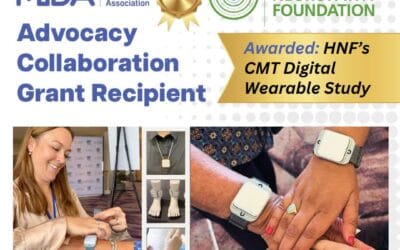
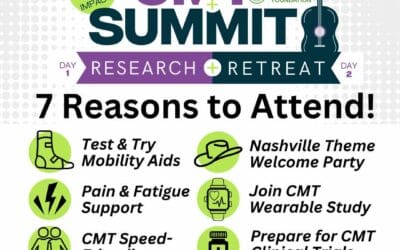

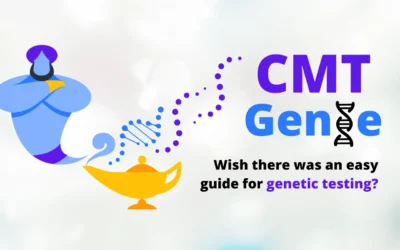
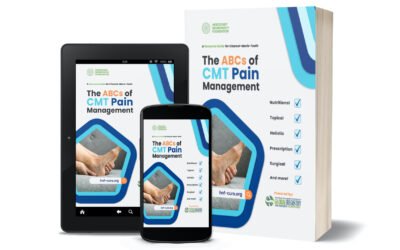

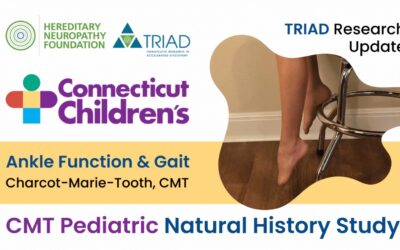

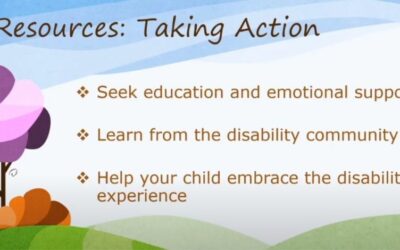

Thank you for this information. It has been very helpful.
Thank you Maureen, glad you found it useful.
Where does the Doctor practice?